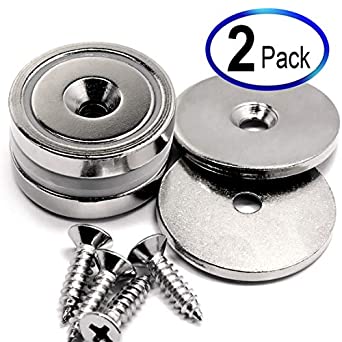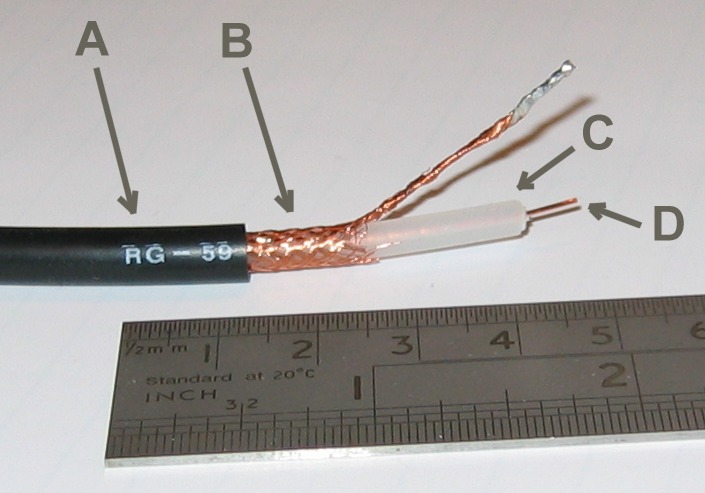Zero motorcycles fully pot their batteries in epoxy.
If you are considering potting for the water-resistance, maybe try a small 12V pack with silicone first. If your electrical connection method isn't working out, you can cut away the silicone and try something else with the cells. Epoxy is hard enough that dis-assembly later would certainly damage the cells and buses. If you end up being happy with the pack connectors and performance, you can build the final pack with epoxy.
A couple of builders tried magnets, and they worked fine, but interest died out. Pure nickel (and even nickel-plated steel) is perfect for the parallel connections. The current less than 1/2 amp under all conditions, and the high resistance of the bus material slows equalization.
For the series buses, nickel is OK for low amps, but I like copper. If a certain application is concerned about corrosion (near the ocean, with salty air), there are some suppliers now with nickel-plated copper, perfect for series buses, but...more expensive than simple copper sheet. Copper is 4 times more conductive than pure nickel, so a common 0.20mm nickel strip that is widely used for 10A peaks means that copper of the same size should be good for 40A peaks per cell.
The two thicknesses listed below will cut easily with scissors, and are still flexible.
0.20mm___8-mil__32 ga
0.25mm__10-mil__30 ga
https://www.riogrande.com/product/Copper-6-x-12-Sheet-32-Ga-Dead-Soft/132132
If you want to experiment, I would suggest soldering a fuse-wire to the positive end, which is quite robust and has several layers of isolation from the cells active material. The negative end is the part that is sensitive to heat, and that is where I would use a magnet to hold a copper ribbon onto it. There are cheap button magnets that have a hole in the center, and it is chamfered on one side so you can use a flush-head screw.







